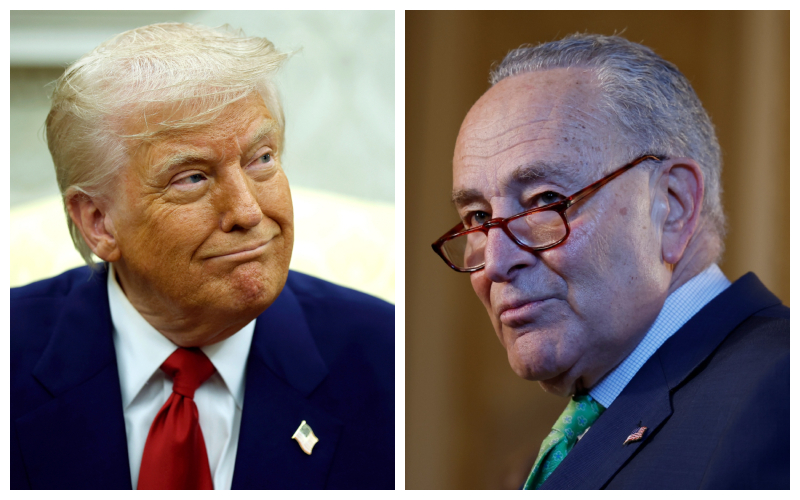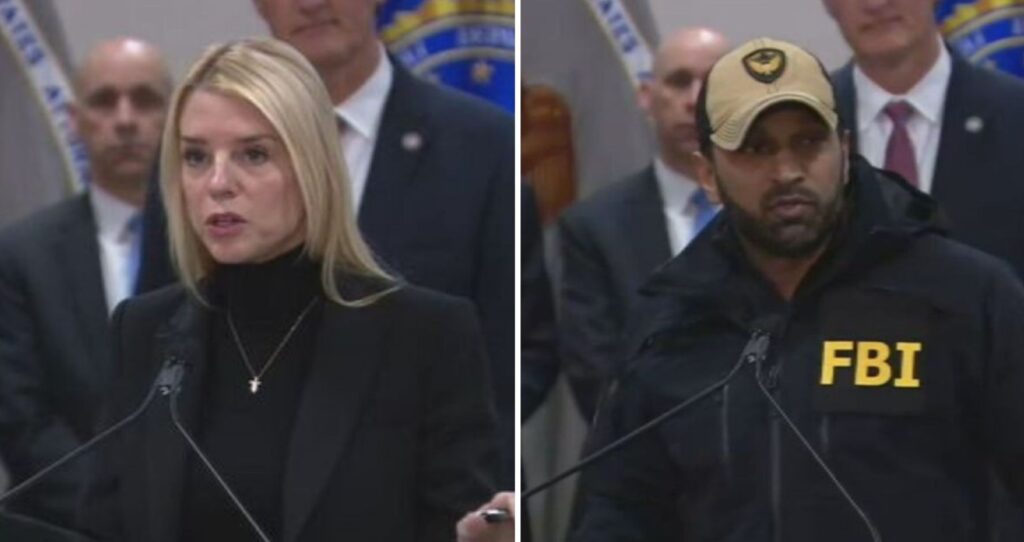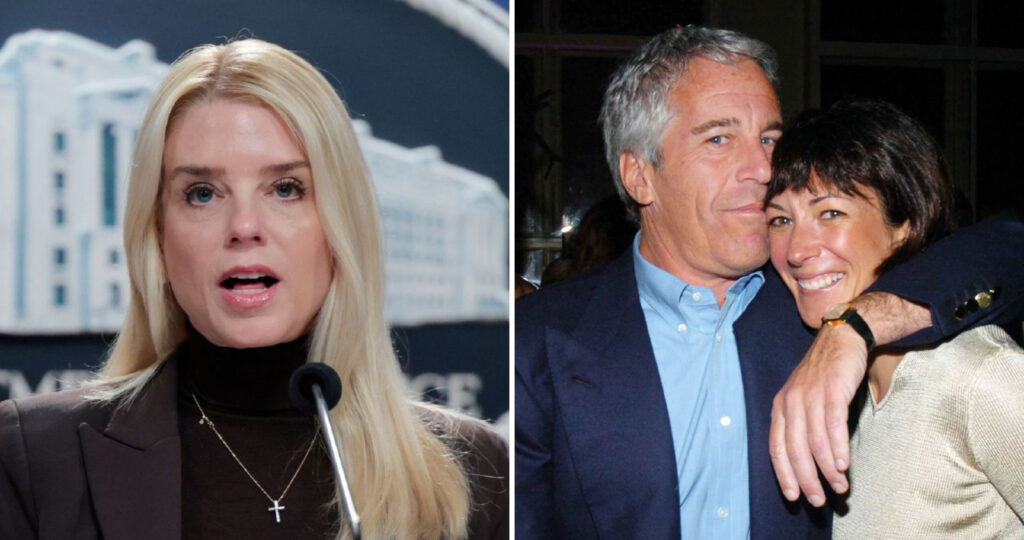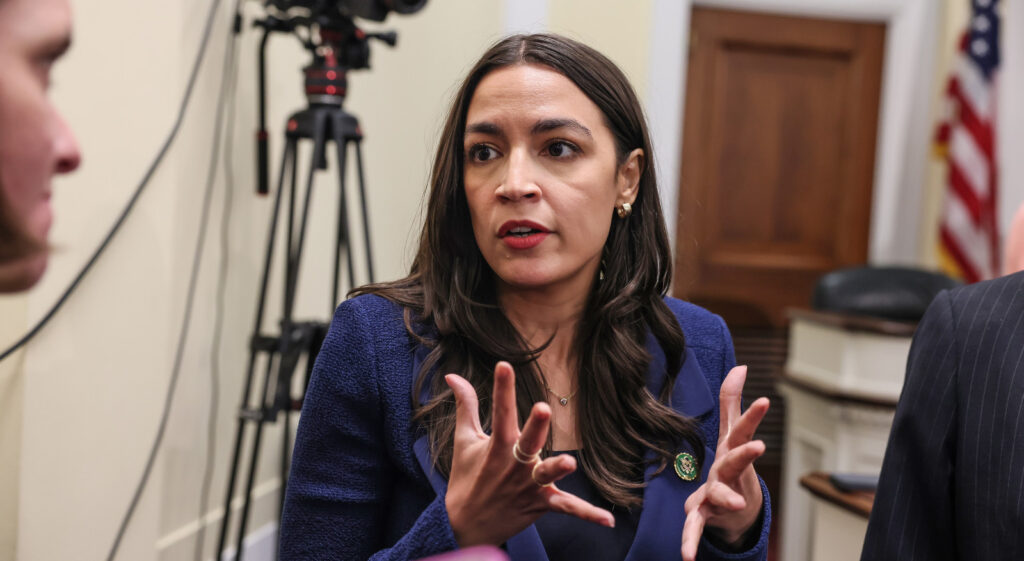High-level negotiations between U.S. and Panamanian officials have resulted in a “reboot” of the two nations’ strategic partnership, with a renewed focus on maritime traffic through the Panama Canal and enhanced security cooperation to curb illegal immigration into the United States, officials announced Tuesday.
The talks, held in Panama City, were led by U.S. Defense Secretary Pete Hegseth and members of the Trump administration who were dispatched to repair relations following a public dispute with Panamanian President José Raúl Mulino over control of the 111-year-old canal—the only waterway spanning the Americas. Hegseth and Mulino were joined by Panama Canal Authority Administrator Ricaurte Vásquez, and the parties reaffirmed commitments to expand joint military training, bolster cyber and maritime defenses, and streamline the passage of U.S. military vessels through the canal.
Key elements of the agreement include President José Raúl Mulino’s decision to withdraw Panama from the Chinese Communist Party’s Belt and Road Initiative—making Panama the first country in the Western Hemisphere to exit the controversial program. The move marks a significant win for U.S. trade officials, who have long expressed concern over China’s expanding influence in Central and South America amid a growing proxy battle for trade routes, natural resources, and strategic alliances.
Hegseth also commended Mulino for following through on his pledge to ramp up border enforcement, including efforts to seal off the notorious Darién Gap—a dense, lawless jungle corridor between Panama and Colombia that has become a major route for illegal and dangerous migrant crossings in recent years. Those achievements came following $230 million in direct funding from the U.S. and will be built on with many more, the National Pulse reports. These include:
- Warships and auxiliary vessels from both nations will be guaranteed expedited passage through the Canal under Treaty obligations;
- A new mechanism will be developed to compensate Panama for tolls and charges under the “First and Free” neutrality framework;
- A new Memorandum of Understanding will expand U.S.-Panama military collaboration at joint-use facilities;
- Regular joint jungle warfare training will resume, and the large-scale PANAMAX 2026 defense exercise will return to Panamanian soil;
- A new Joint Statement of Understanding between Minister Juan Manuel Abrego and U.S. Admiral Alvin Holsey will bolster security cooperation and professional education;
- Strategic, cyber, and maritime security planning will be enhanced with U.S. Department of Defense support;
- The U.S. Southern Command and the Panama Canal Authority (ACP) signed a new Cyber Cooperation Arrangement; and,
- The U.S. Army Corps of Engineers will continue providing technical support to ensure the long-term sustainability of the Canal.
Another key component of the renewed U.S.-Panama partnership is the establishment of the High-Level Security Dialogue—a formal channel for both countries to exchange expertise and best practices on maritime security, commercial shipping resilience, and military readiness. Earlier in the day, Defense Secretary Pete Hegseth received praise from President Mulino and other Panamanian officials for authorizing the reopening of Fort Sherman, the long-abandoned military outpost that once served as the U.S. military’s Jungle Operations Training Center.





